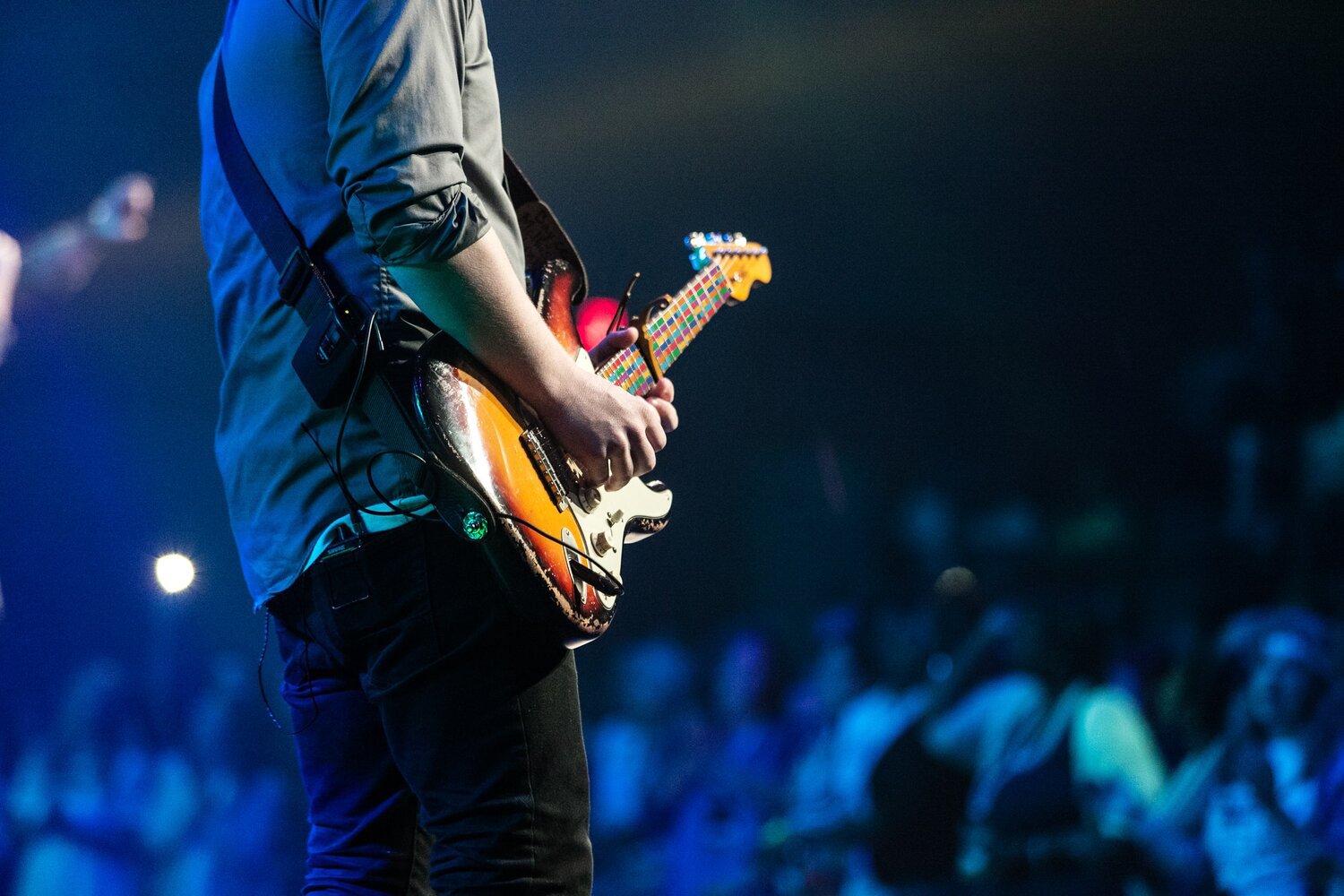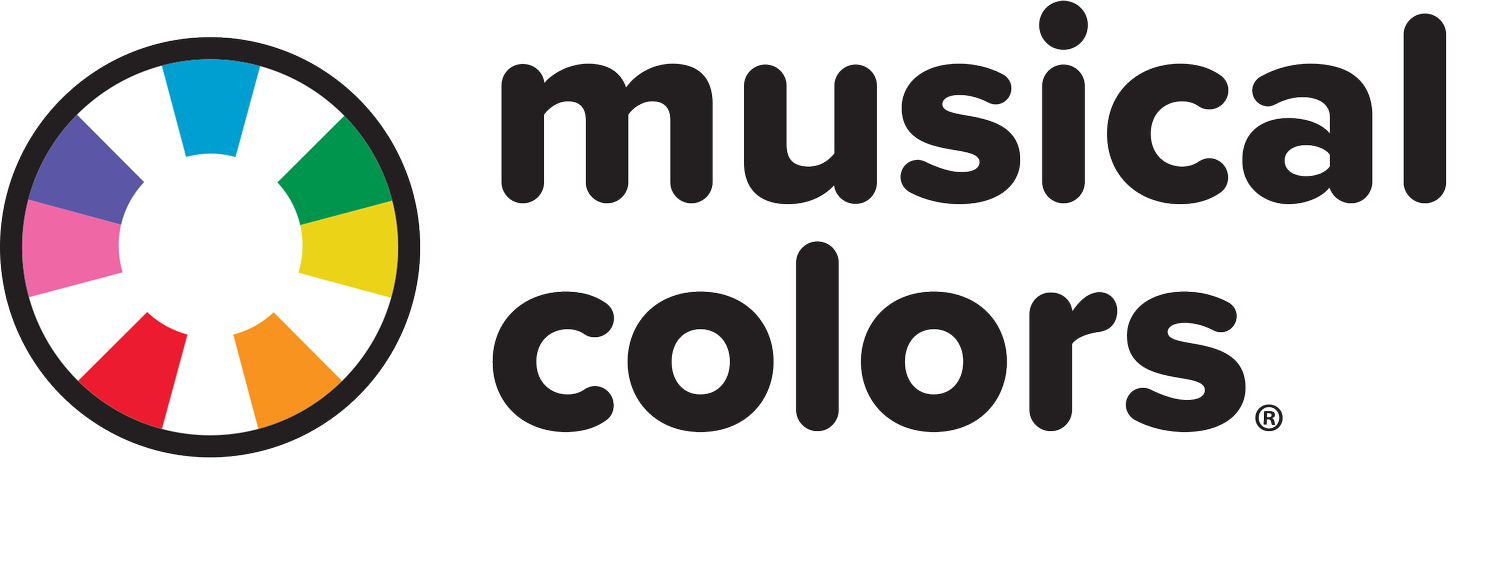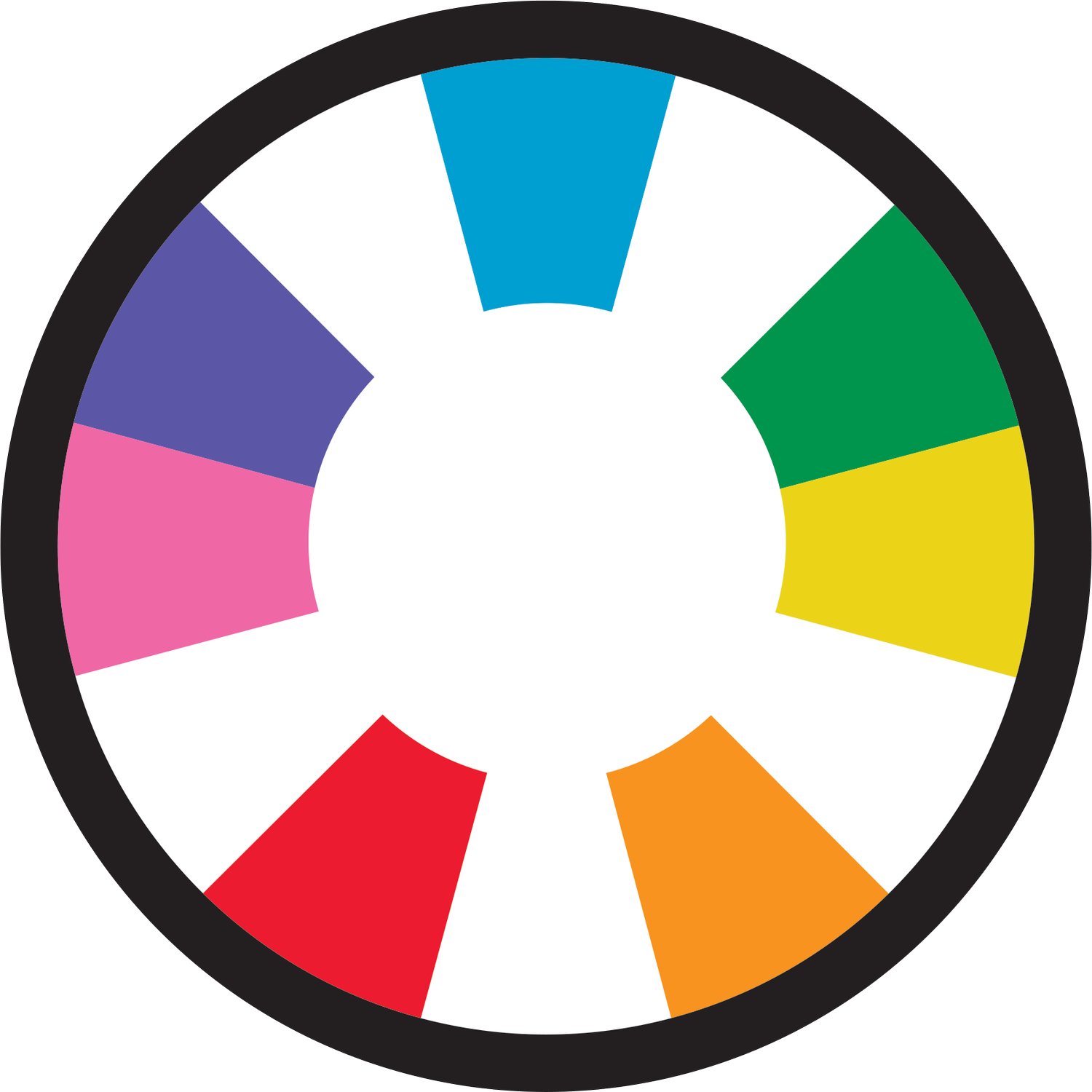
Color Coded
Music Notes
"Musical Colors stickers open new possibilities in musical ideas when composing or improvising on the instrument. They are very helpful in growing as a musician!" - Ray Flores
"If you are a beginner or an expert guitarist it doesn't matter, the Musical Colors stickers improve your knowledge and familiarity with the fretboard." - Antonio Davide Pino
“An innovative way to make music fun and easy to comprehend for children and people of all ages." - Gardner Cole
“Easy to understand with a fun filled process. I would have been lost without it and paid for lessons.” - Anton Nathrass
“These stickers inspired and supported my creative and unique approach to song writing.” - The Wiley One
“I believe in this product, the guitar stickers helped me visually learn the fretboard with ease.” - Brian Howland
“A perfect aesthetic compliment, as well as opening up some doors theory wise and visually.” - Russell Anthony
“I just love improvising on my guitar and actually seeing all the patterns at my fingertips." - Michael Wiley
"Musical Colors stickers open new possibilities in musical ideas when composing or improvising on the instrument. They are very helpful in growing as a musician!" - Ray Flores "If you are a beginner or an expert guitarist it doesn't matter, the Musical Colors stickers improve your knowledge and familiarity with the fretboard." - Antonio Davide Pino “An innovative way to make music fun and easy to comprehend for children and people of all ages." - Gardner Cole “Easy to understand with a fun filled process. I would have been lost without it and paid for lessons.” - Anton Nathrass “These stickers inspired and supported my creative and unique approach to song writing.” - The Wiley One “I believe in this product, the guitar stickers helped me visually learn the fretboard with ease.” - Brian Howland “A perfect aesthetic compliment, as well as opening up some doors theory wise and visually.” - Russell Anthony “I just love improvising on my guitar and actually seeing all the patterns at my fingertips." - Michael Wiley
unlock all notes on guitar and See Specifically how to play Keyboard, Fingerboard And Fretboard Notes
SEE & PLAY ALL MUSICAL NOTES ON MANY MUSICAL INSTRUMENTS
There are 7 Letter-named
Musical notes in music
These Are The White Ivory Keys Of A Piano And They Are Called The Natural Notes
each note linked to its natural color
There Are Also 5 Altered
Twin-Letter Musical Notes
These Are The Black Ebony Keys Of A Piano And They Are The Sharp And Flat Notes
They each have assigned color pairs
For a Colorful Total Of
12 piano keyboard notes
That Can Also Be placed On
many other Musical Instruments
Let’s Start Learning the Notes
Once the stickers are installed and your instrument has been tuned, you’re ready to start playing the twelve (12) notes in music. These notes are distributed along 12 equal spaces. In the graphic below, there are seven (7) solid-colored Natural Notes (the white keys of a piano), which have one letter name each (where C is Green, D is Blue, E is Indigo, F is Violet, G is Red, A is Orange, and B is Yellow). There are also five (5) stripe-colored Sharp and Flat Notes (the black keys of a piano), which have two alternating spelling names each; a sharp and a flat version for the same musical note. This is known as “Enharmonic Spelling.” To sound any note, simply play on your instrument where the corresponding color is for that note. For example, begin by playing all the green C’s on your instrument; now, try any other natural or sharp and flat note. Immediately, you will see that this visual tool gives you the ability to quickly identify and play any note in any position with confidence and accuracy.
The Octave in music (here shown above for note C) is divided into 12 equal Semitones (the smallest space between two notes). This is the same as 12 equal Halftones or half steps. Each half step going up or down is one Semitone (a Halftone), and two (2) Halftones equals one (1) Wholetone. In the graphic, the distance in semitones between two notes, in this case from C to another note above it, is called an Interval. These can be from Unisons (two identical sounding C notes played at the same time) to 2nds (like C to D and C to D flat), or 3rds (like C to E), and so on. The Tritone, or halfway in any Octave, is known as a diminished 5th (°5), which is a Perfect 5th lowered by one semitone, and an Augmented 4th (+4), a Perfect 4th raised by one semitone. Now, you can see and play these intervals on your musical instrument.
-
Natural Notes – are the seven (7) white piano keys on a keyboard (A, B, C, D, E, F, and G)
Sharp & Flat Notes – are the five (5) black piano keys (A#/Bb, C#/Db, D#/Eb, F#/Gb & G#/Ab)
Enharmonic Spelling – a note that is equivalent to some other note but named differently
Octave – the interval between one musical pitch and another with double its frequency
Semitone – smallest interval in music (Halftone or half step) equal to a 12th of an Octave
Wholetone – a Major 2nd (also called a whole step) is a 2nd spanning two semitones
Interval – difference in pitch between two near occurring notes measured in semitones
Color Coded Music Notation Fonts
-
Implementing and knowing how musical notes appear in music notation using our color coded Standard Music Notation system, can increase student interaction and proficiency, and improve the “at a slight distance” legibility of larger format scores, all while remaining sonically consistent. All notes are color coded to facilitate their identification as well as their practical realization on musical instruments that have been installed with Musical Colors color coded sticker guides.
The seven natural notes in music are each colored one solid color completely, including the note head, the note stem, and any flags that a note may have; while the five sharp and flat note heads, are colored half and half using the two adjacent natural note colors that correspond to them, however their note stems and flags always remain black. These sharp and flat note heads are split along specific lines of symmetry that correspond to any alteration a musical note (sharp or flat) may have, relating to its implied musical direction (up or down), and whether or not it is on or off of a staff ledger line or staff extension line. When key signatures are present, typically the accidentals that correspond to these notes are not written beside them, however the note heads still display the colors of the actual musical note being referenced.
In addition, only the five sharp and flat notes use the traditional black sharp and flat symbols, while all other notes and their respective accidentals are displayed with sharp and flat symbols that are color coded to match the natural notes they are referencing. Natural note accidentals always appear color coded as well in the same manner. We are currently working to establish this system as a fixed standard in music notation, regarding the incorporation of color coded music notes in our music notation fonts.






